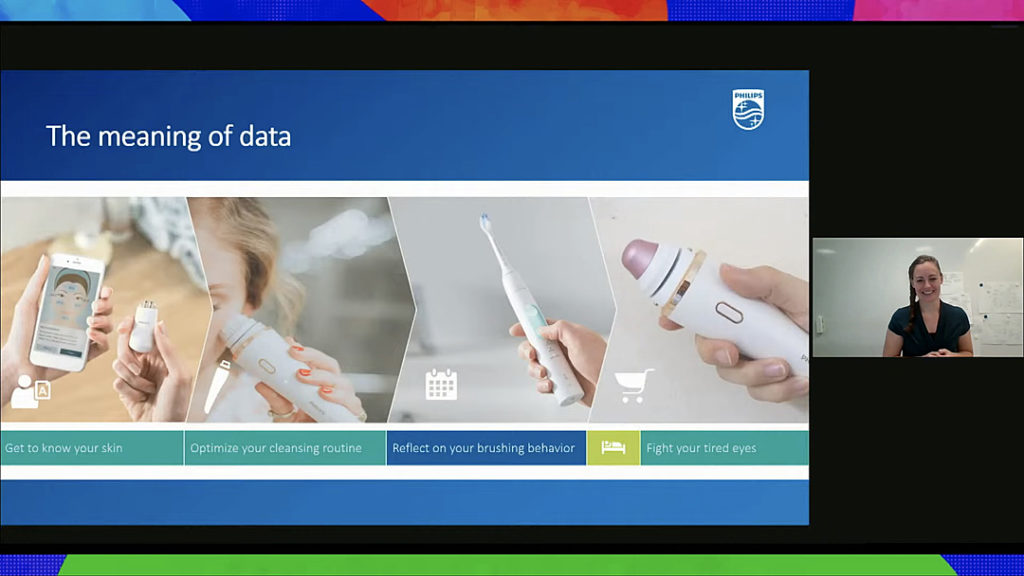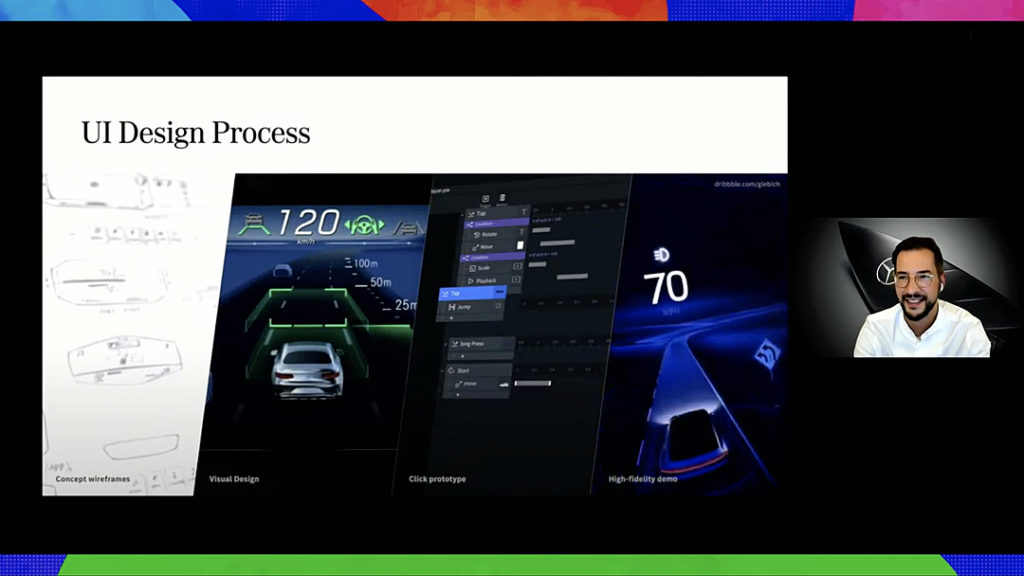This year’s edition of the Savvy UX Summit was organized as a virtual event from September 17 to 19. The event’s speakers are part of some of the world’s most recognizable companies, including Google; Twitter; Gitlab; Three UK; JPMorgan; Gojek; Public Digital Innovation Space (Taiwan); Techcombank; Agoda; Daito Design; Foodpanda; the Australian government’s Department of Agriculture, Water, and the Environment; Mercedes-Benz; Philips; Xbox; and Microsoft.
The event covered much ground over its three-day run for 1,500 attendees from more than 70 countries. Here’s a recap of the Savvy UX Summit.

Day 1
User experiences are created and shaped depending on many factors. Different audiences may have different expectations or habits, so it’s important for companies to conduct thorough research before plunging into the design process. Kiyo Yamauchi, senior director of MarketCast and former head of user experience at Twitter Japan, drew upon his professional experience in Japan to point out that even the research process needs to be fine-tuned to fit local culture, like being 20 to 30 minutes early for in-person interviews.
Whereas Yamauchi referred to the human element in the research process, Eva Deckers, director of data-enabled design at Philips, spoke about using data and AI to design UX. Specifically, Philips views data as a creative material from which insights can be mined. The company has utilized data to improve a variety of products, enmeshing them in consumers’ lives in more natural ways.
The other speakers featured on the event’s first day leaned on their diverse experiences and backgrounds to share a variety of insights. Jaime Zamorano, UX designer at Amazon, unpacked his realizations from managing a multicultural team at Rakuten in Japan. Chris Stair, a product design manager at JP Morgan Chase, spoke about the importance of conducting research to make design decisions with users at the core.
Taking that theme further, Anna Zavyalova, head of research at Daito Design, referenced contextual research strategies that have shaped the way UX developers operate during the pandemic, particularly in situations where these processes need to be conducted remotely.
For a full overview of Day 1’s presentations, click here.

Day 2
Kicking off the second day’s lineup of presentations, Matthew MacLaurin, program manager at Microsoft and former vice president of product design at PlayStation, spoke about the evolution of UX design. He referenced the original Macintosh, which was shaped with different expectations from users compared to the Nest thermostat or the Facebook app. That means even designers who are working on cutting-edge products need to anticipate changes as new possibilities are unlocked for user interfaces. MacLaurin expects design to become more instrumented (incorporating real-time signals), ubiquitous (more connected with the world inhabited by the user), and generative (adaptive based on users’ needs) by 2030.
One conventional form that is incorporating new elements is the automobile. Benjamin Kuhn, senior manager (UX/UI design) at Mercedes-Benz discussed the ways automobile design is being transformed into collaborative efforts involving not only designers, but also engineers and researchers who each pitch in with specialized skills and a different set of instincts. This all comes together to create vehicles that are safe and exciting at the same time.
Other speakers covered more ground. Aldrich Huang, CEO and co-founder of UXTesting.io and the summit’s main event organizer, spoke about the importance of research operations in scaling operations. He showcased a ResearchOps tool, PanelSheet, for the first time. Shiran Bloch, director of product design at Foodpanda, unpacked the roles and responsibilities of career management, and shared examples of the career journey creation process of her team.
Haoting Chang, design consultant at the Taiwan’s Public Digital Innovation Space, explained the role of design in public affairs and citizen engagement, specifically in fostering a sense of collaboration between citizens and the government. Christie Lenneville, vice president of UX at Gitlab, spoke about the user experience expectations of developers in their work tools, with an emphasis on accessibility. Finally, Billal Qureshi, head of user experience (mobile and apps) at Google, covered why it is important for companies to devote resources to good mobile experiences, and shared five principles he references to nail its development.
For a full overview of Day 2’s presentations, click here.

Day 3
The event’s third and final day started with a presentation by Jonathan Shariat, interaction designer at Google, who pointed out that designers, engineers, and product managers need to speak the same language—figuratively—to collaborate and shape major projects. By using the words that are utilized by others, placing ourselves in other their shows, and generally caring about what they think is important, teams can reach the right audience and form connections.
Tom Lorusso, principal user research lead at Xbox, referenced his two decades of experience in the UX field, nine years of which were in the video games sector. In his presentation, Lorusso offered five tools that help UX designers think strategically, forcing not only themselves to develop experiences that fit users, but also to integrate with other teams and rejig points of view.
Other speakers who took the virtual stage covered a variety of topics Onardeep Singh, senior user experience designer at Three UK, made a case for the important of alpha testing. Dyn Khem, director of design at Agoda, spoke about the meaning of design leadership, which he described as a way to “ensure designers have the influence and data to make their work strategic, the time and space to excel, and the communication channels and process to deliver high-quality products, brands, and experiences.”
Aprajit Kar, group design head of consumer platforms at Gojek, put the focus on customer experience, or CX, where design, data, research, and business intersect. The idea is to put the right measures in place to create value over time.
For a full recap of Day 3’s presentations, click here.
KrASIA is a media partner of the 2021 edition of the Savvy UX Summit.
